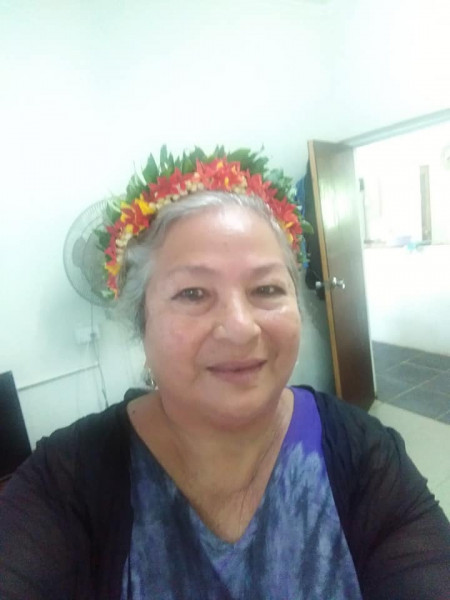Celebrating Kiribati and its unique culture
Celebrating Kiribati and its unique culture

Stretching east to west along the Equator in the central Pacific Ocean lies the 32 coral atolls and one raised coral island which make up the Kiribati.
The Micronesian nation is home to around 116,300 people, as well as the South Pacific's largest marine reserve.
Although it is a far cry from New Zealand, a community of 3,225 (as per Census 2018) Kiribati people live in Aotearoa.
Born on the island of Kuria in Kiribati in 1952 and raised Tarawa, Louisa Humphrey now calls New Zealand home after settling in Hamilton with her husband Jack, who was a British volunteer (VSO) in Kiribati.
Jack and Louisa, who now reside in Thames, have four grown children, 12 grandchildren and one great grandchild.
“My four children speak Kiribati language which I'm very proud of,” Louisa says.
When the couple initially arrived in New Zealand in 1973, there were very few of us I-Kiribati here, she adds.
“I became involved in setting up a Kiribati Community Group in Auckland which ensured we could meet to communicate and do cultural celebrations and just to keep in touch.”
Kiribati gained its independence from the United Kingdom, becoming a sovereign state in 1979 and that same year, Louisa says the community group began Kiribati independence celebrations, which it has continued.
“Our first celebration was in a garage belonging to a Kiribati family - the Fleetwoods from Pakuranga.
“I vividly remember us all so excited with our dancing costumes for our children and our local attire, tibuta (top) and te be (sarongs).
“We braved the winter just so we could be as Kiribati as we could be,” Louisa reflects.
Throughout the years, Louisa has continued to be involved with the Kiribati communities, and is currently working with the Kiribati Community Group to preserve cultural knowledge and skills such as weaving (raranga), making dancing costumes (Bwai ni Maie) and war armour (Te Otanga).
“I have been involved in exhibitions at Auckland Art Gallery; worked with Auckland Museum; and Dowse Art Gallery - I was involved in an exhibition in Brisbane.
“I have been very involved in workshops that promote and foster interest in our cultural skills we need to preserve for our future generation.”
Louisa says preserving Kiribati culture and language has become so important for the I-Kiribati people who have made New Zealand their home.
“It is vital we know who we are, know our roots and preserve our sense of belonging to our culture.
“Only by knowing who we are, will we understand and appreciate other cultures around us.”
From July 12-18, the inaugural Kiribati Language Week is being staged in New Zealand, a huge milestone for the Kiribati people who live here, Louisa adds.
“Different communities around New Zealand are going to celebrate our very first Kiribati Language Week that is nationally recognised – this is such a milestone and different areas will celebrate in different ways.”
The Kiribati language and culture are unique, she says.
“Even though we are close to other islands, our language is so different, and our dances are so different from other our island neighbours.
“Knowing your own language and culture makes you more in tune with other unique languages and cultures around you,” she says.
Kiribati Language Week was opened on Sunday by Minister for Pacific Peoples Hon Aupito William Sio via video, hosted by the Kiribati Federation Aotearoa.
The launch is being presented via the Kiribati Language Week Facebook page.
For more information and resources, visit MPP.
